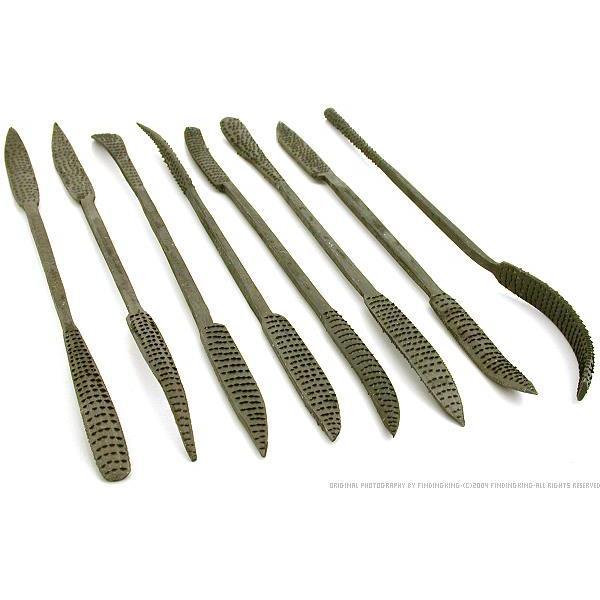Mike Wingate
Established Member
A thing of beauty is a joy forever. But not with flaky beech or plastic handles. Any tips on making turned front knobs and rear totes for Record/Stanley type planes. Assume I have the tools for the job.


I see these are 15/16" thick. I've got fairly large hands and was wondering about making some totes at 1 inch or 1 1/8" thick. Anybody tried that (and was it better or worse)?CroppyBoy1798":81rt61s0 said:
Enter your email address to join: